10 Incredible Conservation Success Stories You Probably Haven’t Heard
Discover 10 uplifting conservation success stories from around the world — from the comeback of the California condor to coral reef restoration. Proof that hope and action can bring nature back from the brink.
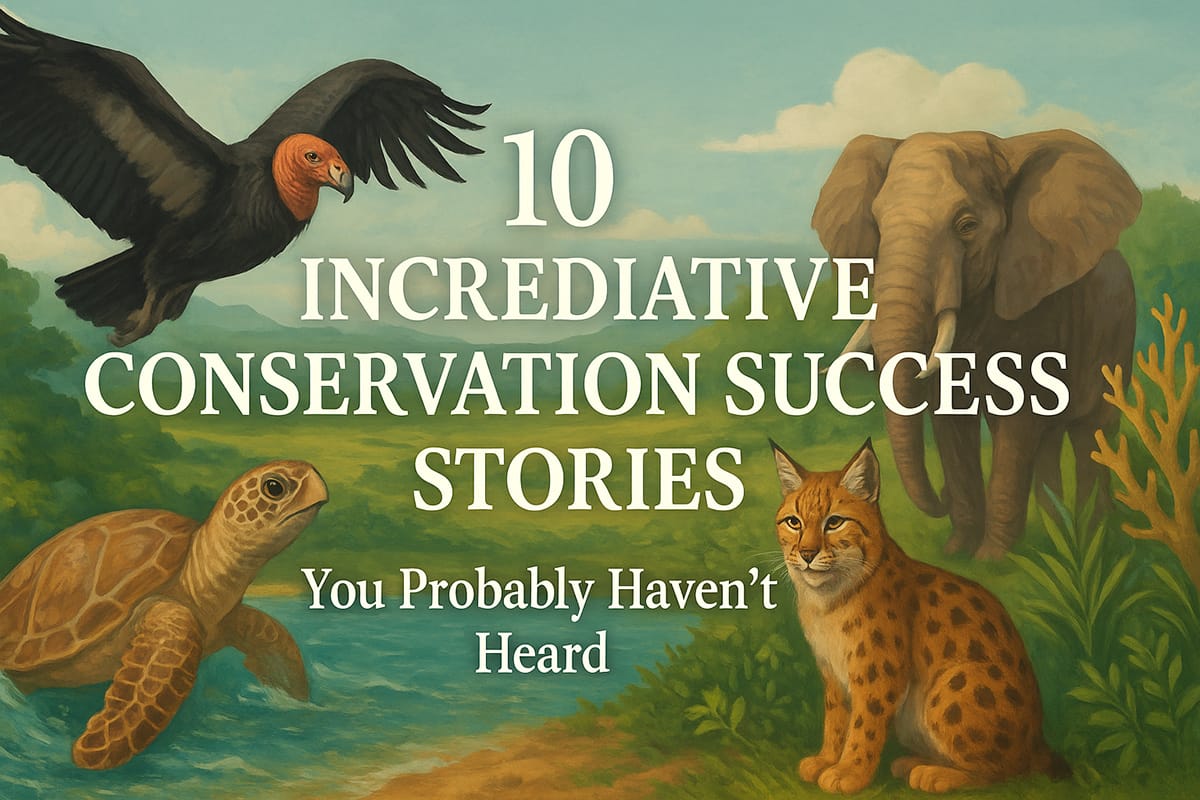
In a world saturated with alarming headlines — vanishing forests, rising seas, mass extinctions — it’s easy to lose hope. But what often gets lost in the shadows are the extraordinary wins. Across continents and oceans, species on the brink have been pulled back. Ecosystems once written off are now breathing again.
Yes, the situation is urgent. But it's not hopeless.
Let’s turn the spotlight toward 10 powerful and heartening conservation stories — ones that prove when humans act with purpose, we can rewrite endings.
1. The Resurrection of the California Condor (USA) 🦅

In the 1980s, the majestic California condor was so rare, so ghost-like in the sky, that some believed extinction was inevitable. By 1987, there were only 27 individuals left in the entire world. Desperation led conservationists to make a controversial decision: capture every remaining condor and begin a bold captive breeding program.
It worked.
Today, thanks to decades of collaboration between zoos, wildlife agencies, and Indigenous groups, the population has grown to over 560, with more than 300 flying free across parts of California, Arizona, Utah, and Baja California.
They soar again over the Grand Canyon. Over the cliffs of Big Sur. And now, for the first time in over a century, condors have returned to the skies of Northern California — land once home to the Yurok Tribe, who now co-manage the reintroduction.
🧪 Key Factors:
- Captive breeding & release
- Strict protection from lead poisoning
- Tribal and scientific partnerships
2. Iberian Lynx: From Phantom Cat to National Icon (Spain & Portugal) 🐱
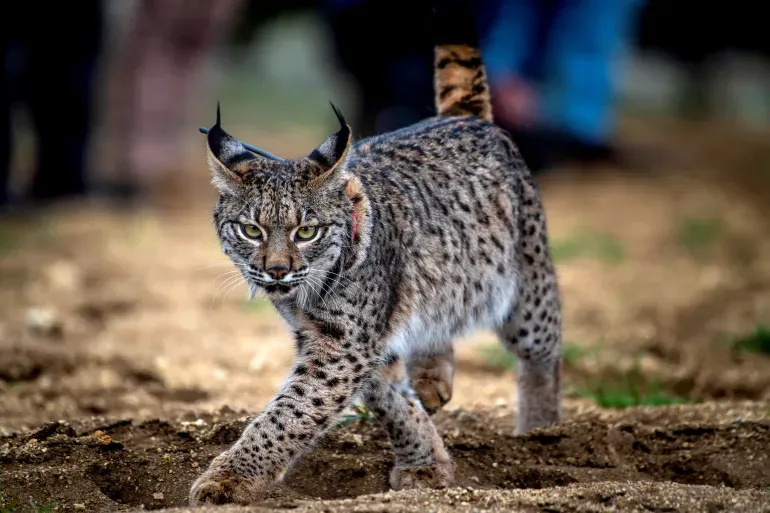
Once teetering on the brink of extinction, the Iberian lynx was the rarest feline in the world in the early 2000s. The causes were grim: habitat loss, roadkills, disease outbreaks in their rabbit prey, and rampant development. Their numbers dropped to just 94 individuals, mostly in Andalusia, Spain.
But Spain and Portugal didn’t give up. A coalition of wildlife biologists, farmers, zoos, and citizens began a long-term rescue mission.
Fast-forward to 2024: there are now over 2,000 wild Iberian lynx roaming southern Europe, with established breeding populations in five regions.
Entire communities now celebrate the lynx — its image appears on murals, postage stamps, and even beer labels.
🌿 Why it Worked:
- Rabbit population restoration (lynx depend on them)
- Corridors connecting fragmented forests
- Captive breeding and reintroduction
- Road tunnel construction to reduce car collisions
3. The Elephant Relocation Miracle (Malawi) 🐘

In Malawi, elephants once roamed freely across rich forests and savannas. But years of habitat shrinkage and poaching changed that. Some reserves became overcrowded with elephants, while others, once poached to emptiness, stood eerily quiet.
Between 2016 and 2017, conservationists undertook a stunning operation: they moved over 500 elephants from two bustling reserves (Liwonde and Majete) to a quieter one — Nkhotakota Wildlife Reserve.
The operation was one of the largest elephant relocations in history, involving helicopters, cranes, and heart-pounding logistics.
Today, those elephants have settled beautifully into their new home. The reserve has seen ecological recovery, and Nkhotakota is now a model for sustainable ecotourism.
🐘 Why it Worked:
- Community involvement
- Massive anti-poaching investment
- Government commitment to conservation as a national identity
4. Sea Turtles Rise Again on Raine Island (Australia) 🐢
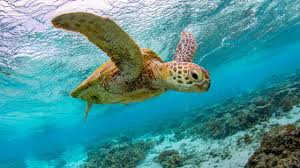
Tucked off Queensland’s coast is Raine Island — a sandy speck surrounded by reefs. But this tiny island hosts the largest green sea turtle rookery on Earth. Or at least, it used to.
Erosion, flooding, and climate change began to destroy nesting grounds. Turtle eggs were being washed away or cooking in overheated sands. Alarm bells rang.
Enter the Raine Island Recovery Project — a joint effort between the Queensland Government, BHP, researchers, and Indigenous rangers from the Wuthathi Nation.
They reshaped beaches, moved sand, re-sloped terrain, and used drones to monitor turtle activity.
The result? Nesting success increased by over 20%, and thousands more hatchlings are making it to the sea.
🌊 Key Interventions:
- Beach reengineering to prevent waterlogging
- Drone-assisted monitoring
- Collaborative science with Traditional Owners
5. Southern White Rhino: A Comeback Against All Odds (South Africa) 🦏
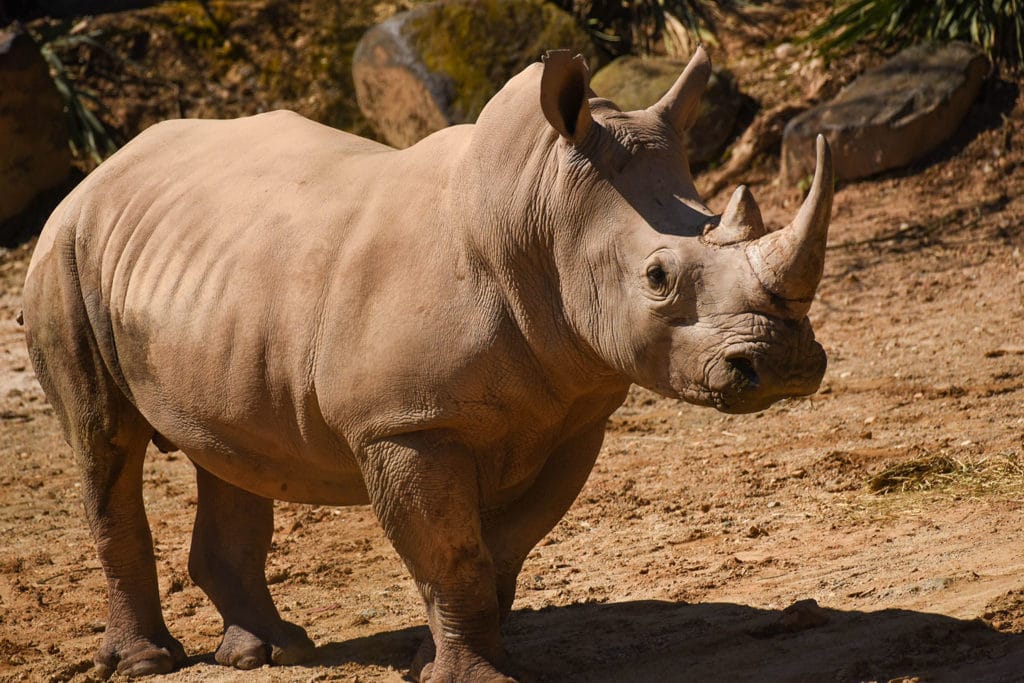
Once declared extinct in the wild, the southern white rhino was rediscovered in the 1890s — a mere 20 individuals were clinging to survival in KwaZulu-Natal, South Africa.
Fast forward a century, and those rhinos became the foundation of a conservation miracle. Today, the population stands at over 15,000 individuals — though they remain threatened by relentless poaching for their horns.
This is one of the greatest turnarounds in mammalian conservation — and a testament to what relentless protection, community support, and bold strategy can achieve.
💡 Why It Worked:
- Game reserves with anti-poaching squads
- Translocation to create satellite populations
- Revenue from eco-tourism reinvested into protection
6. Golden Lion Tamarins Swing Back (Brazil)
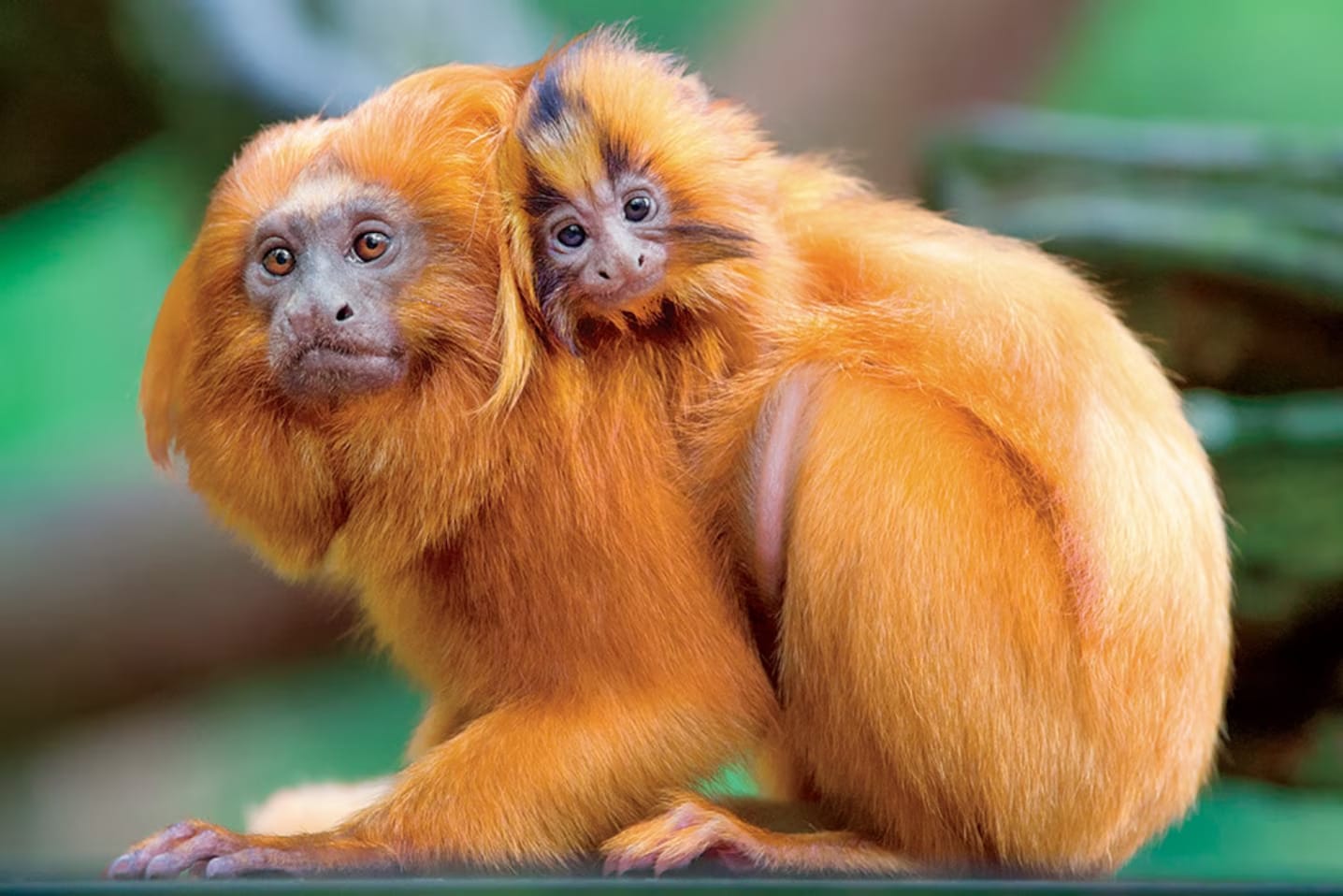
Bright orange and impossibly adorable, golden lion tamarins once thrived in Brazil’s Atlantic Forest. But habitat loss decimated their numbers. By the 1970s, there were fewer than 200 left in the wild.
Today, after decades of effort, their population has risen to over 3,200 — and they’re once again roaming protected corridors of forest.
One of the project’s major successes? Connecting fragmented forests using monkey bridges — literal rope bridges stretched across highways and gaps, giving tamarins safe passage.
🌴 How They Did It:
- Forest replanting and landowner agreements
- Captive breeding and reintroductions
- Environmental education in local schools
- Monkey bridge construction over roads
7. Trumpeter Swans Sing Again (USA & Canada) 🦢
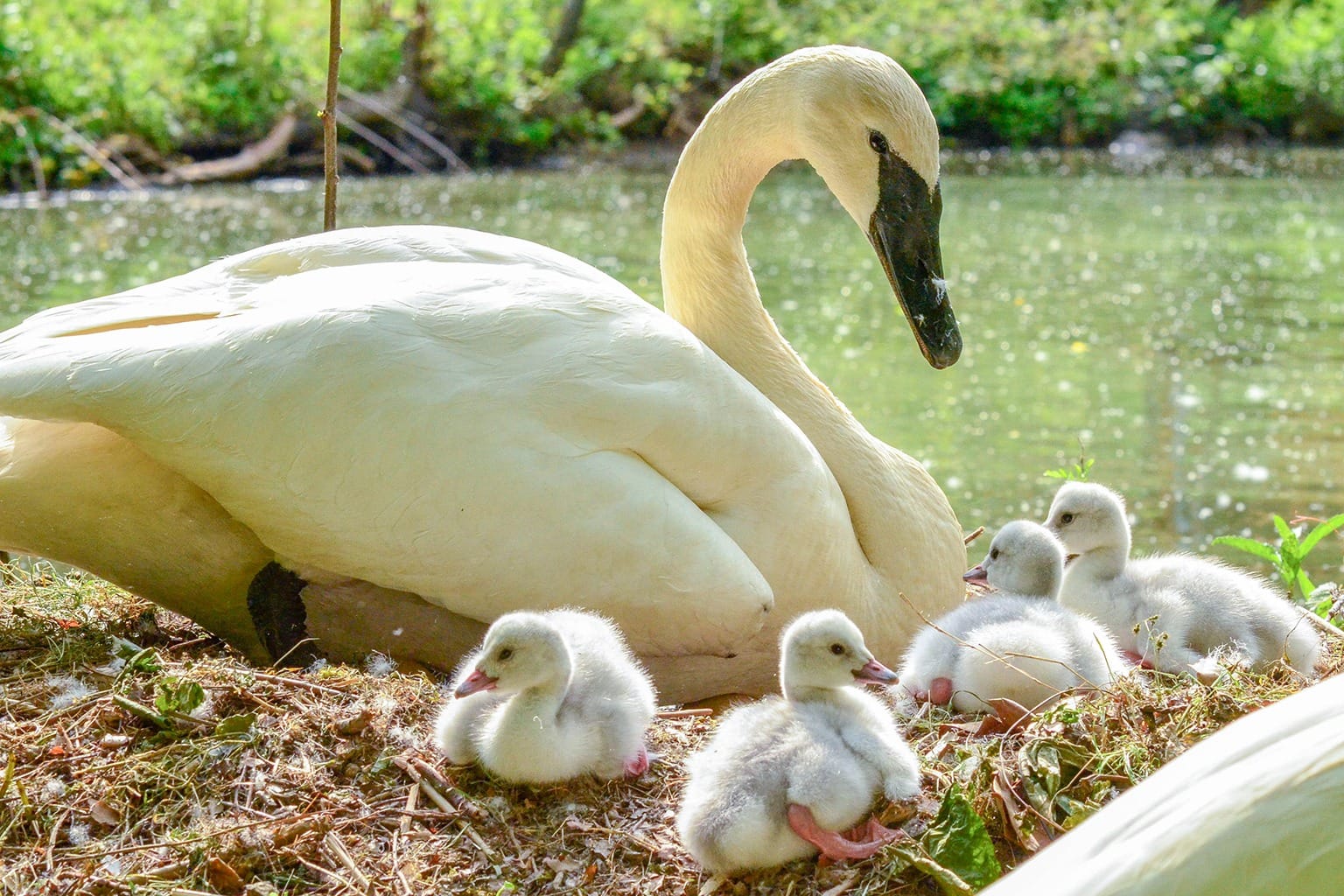
At the turn of the 20th century, trumpeter swans — North America’s largest native waterfowl — were nearly extinct. Hunted for their feathers and meat, fewer than 100 remained in the wild.
Thanks to decades of protection, habitat restoration, and reintroductions, trumpeter swans have returned to lakes, marshes, and wetlands from the Rockies to the Midwest.
In some regions, swans now breed successfully for the first time in a century. And their trumpet-like calls once again echo over misty ponds at dawn.
🎺 Why It Worked:
- Strong wetland protections
- Public involvement in swan counts
- Community-driven reintroduction programs
8. Otters Return to English Rivers (United Kingdom) 🦦
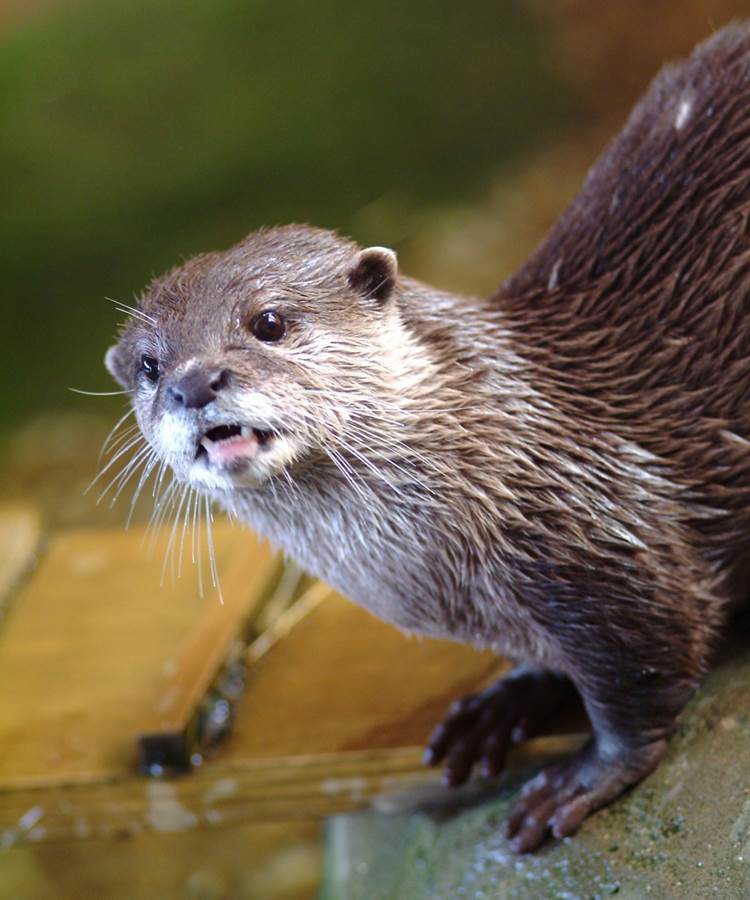
In the 1970s, pollution, and pesticides wiped out otters from most of England. They were locally extinct from vast parts of the country.
But the UK cleaned up its act.
Stricter water quality laws, bans on harmful pesticides, and habitat restoration have allowed European otters to bounce back. As of 2022, they’ve returned to every single county in England — for the first time in 50 years.
Children now spot otters along quiet canals. Wildlife watchers rejoice at their playful rolls. And rivers once dead now teem with fish and life.
🏞️ What Made the Difference:
- Legal enforcement of clean water laws
- Rewilding of riverbanks and wetlands
- National love for “otter spotting” tourism
Otters have become an unlikely poster animal for conservation, not because they were headline-grabbing, but because they represent what’s possible when you clean the water and step back.
9. The Markhor’s Mountain Revival (Pakistan) 🐐
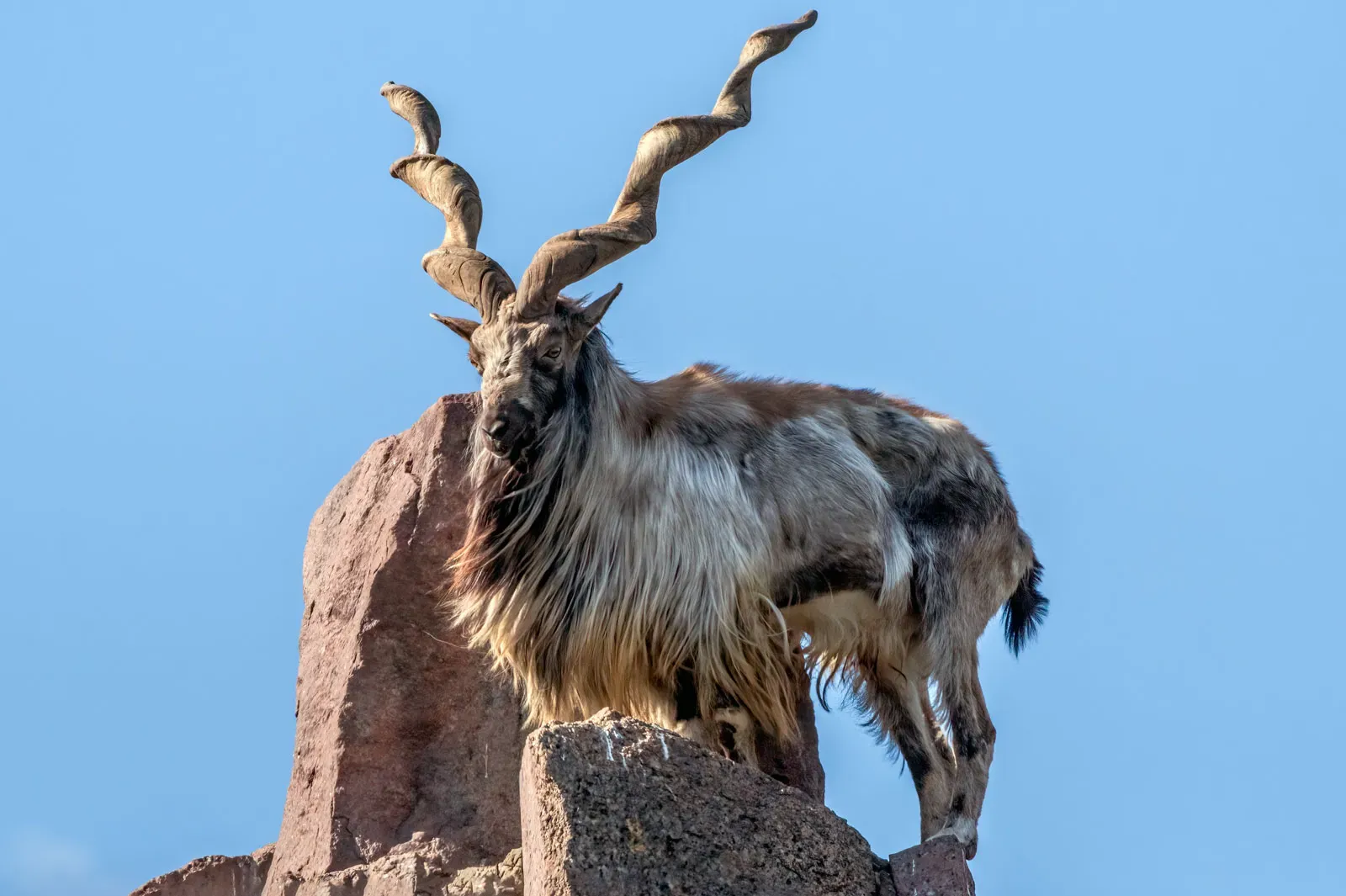
The markhor, Pakistan’s national animal, was once critically endangered. Poaching and competition with livestock had reduced their numbers to a few hundred.
But in the late 1990s, community conservation programs changed everything.
Instead of banning hunting outright, a sustainable trophy hunting quota was introduced — and 80% of fees went directly to local villages.
Villagers began protecting the markhor, treating it as a valuable asset rather than a competitor. The result? Poaching plummeted, and markhor populations began to recover.
Today, they’re no longer critically endangered, and the program has been praised by the IUCN as a model for combining conservation with local livelihoods.
⛰️ Lessons Learned:
- Conservation must benefit local people
- Incentives work better than enforcement alone
- Traditional knowledge matters
With their spiraling horns and mountain mystique, markhor now stand proudly not just as symbols, but as survivors.
10. Caribbean Coral Reefs: Healing With Help 🐠
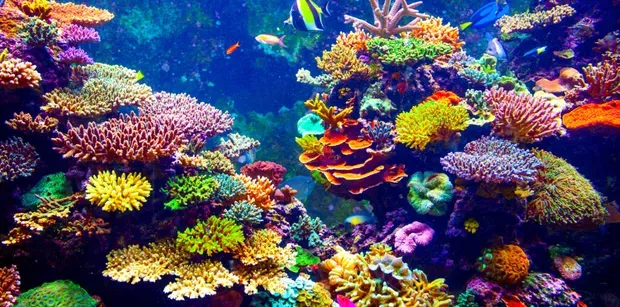
Coral reefs are among the most threatened ecosystems on Earth — hammered by climate change, bleaching, and pollution. But in places like the Florida Keys, Curaçao, and Puerto Rico, a quiet revolution is happening.
Teams of marine biologists are growing corals in underwater nurseries and planting them back onto degraded reefs. It’s slow, painstaking work — but it’s paying off.
Species like elkhorn and staghorn coral — once thought beyond saving — are showing signs of recovery. In some sites, coral cover has increased by 20–30%.
🧜♀️ Why This Matters:
- Coral reefs support 25% of marine life
- They protect coastlines from erosion
- They’re economic engines for tourism and fishing
🌿 In Closing: Why These Stories Matter
These aren’t just happy endings. They’re proof.
Proof that when science, community, funding, and heart come together, nature can recover — sometimes in ways that exceed all expectations.
They remind us that we’re not just witnesses to decline. We can be architects of revival.
So when the headlines grow heavy, come back to these stories. Share them. Believe in them. Build more of them.
Because hope isn’t naïve — it’s necessary.
Thanks,
Victoria Raikel